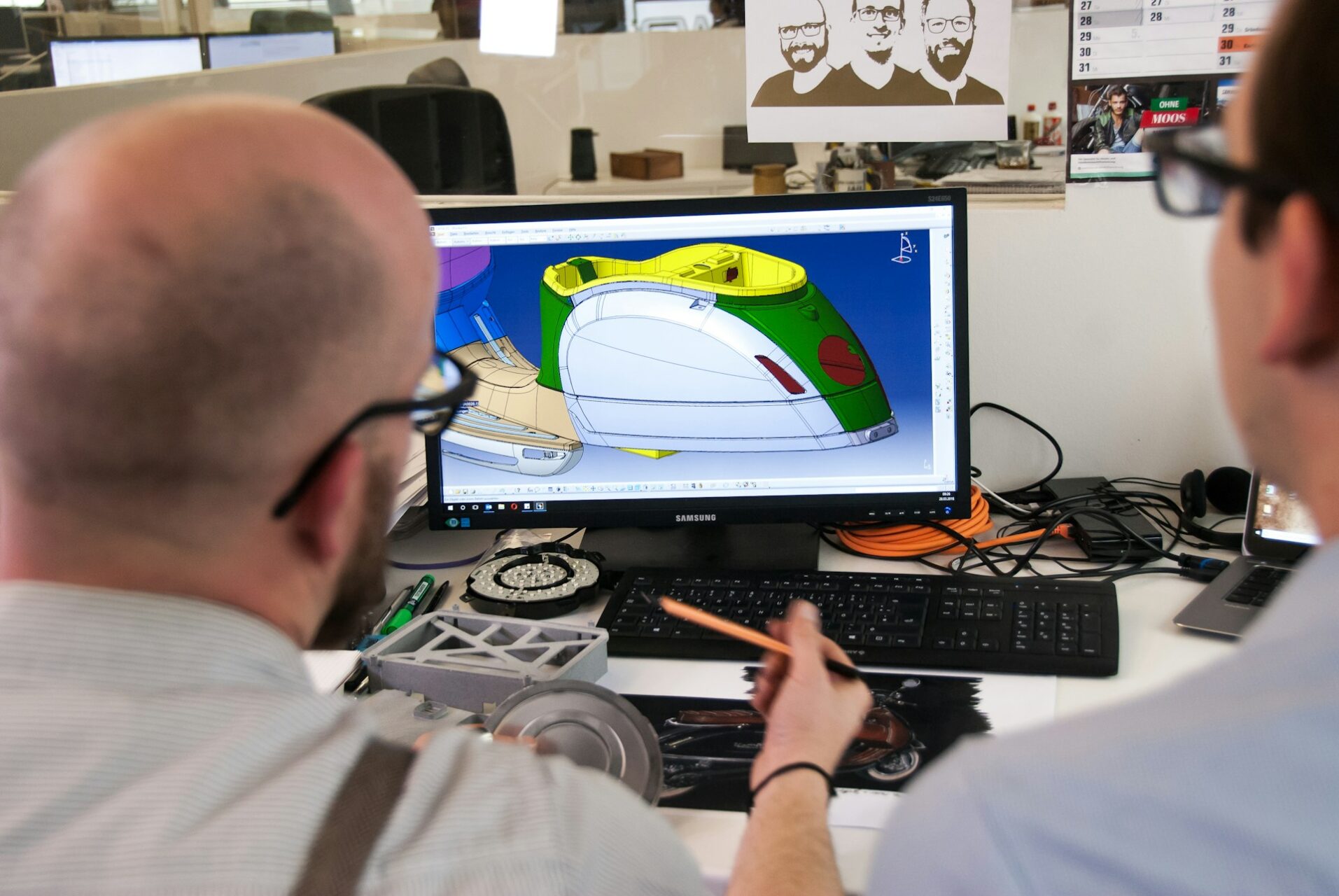
Is There a Truck Driver Shortage?
August 29, 2019 - Emily Newton
Revolutionized is reader-supported. When you buy through links on our site, we may earn an affiliate commision. Learn more here.
If you Google the phrase “truck driver shortage,” you should get millions of results, but they won’t all say the same thing. Until recently, the results claimed our society was facing a massive shortage of truck drivers. Blame falls on everything from Baby Boomers reaching retirement age, to schools pushing college degrees instead of trade school programs. Whatever the reason, is there actually a truck driver shortage? Let’s take a closer look at the numbers to see how the trucking industry fairs in 2019 and projections for the next few years to better understand this predicament.
Challenging Trucker Demographics
People often view trucking an old boy’s club. According to the Bureau of Labor Statistics, the average age for a commercial truck driver is 55 years old — and the majority of the industry is made up of male drivers. Most of these individuals are ten years or less away from reaching retirement age, which means they’ll leave many positions unfilled once they exit the workforce for good.
Some industry professionals and potential candidates are also worried that autonomous vehicles could take their jobs, despite the fact that this technology is years away from being road ready. Companies are still testing autonomous tractor-trailers to make sure they are road-ready.
High schools also aren’t promoting trucking and other blue-collar work as an option for high school graduates much anymore. The focus nowadays is almost always on sending students to college instead of learning a trade like trucking.
Millennials and younger drivers also often avoid the trucking industry due to its unhealthy work-life balance. As a young or inexperienced driver, you may only be home three or four times a month, spending most of your time on the road. Spending time away isn’t for everyone.
The fact that you cannot apply to be a commercial truck driver until you reach 21 years of age may also discourage younger drivers who want to start their career or go to college as soon as they leave high school. That three-year gap between graduation and being able to become a trucker is often insurmountable for many.
Trade War and Slowing Freight Demand
The trade war with China isn’t just costing consumers more — it’s also impacting the trucking industry, which might play into a potential driver shortage. The economy was booming in 2018. Trucking companies added to their fleets quickly to keep up with the demand for freight transport. During the last three months of 2018, demand soared as Chinese companies rushed their shipments to avoid tariffs that went into effect on Jan 1, 2019. Now, though, demand is starting to slow down as fewer shipments are coming into western ports from Chinese suppliers.
As the economy starts to slow down in response to these tariffs, trucking companies may find themselves in need of fewer drivers, offsetting the alleged shortage.
No Shortage According to the U.S. Department of Labor
According to the U.S. Department of Labor, the American Trucking Associations (ATA) is behind much of the press regarding trucking labor shortages and has been fueling the discussion since the late 1980s. The problem is that there are no standard criteria to define a labor shortage. The definition of a shortage in a labor-focused industry like trucking wouldn’t mean the same thing in a service-focused industry like medicine or hospitality.
While it is true that truckers experience high turnover rates, according to the Department of Labor’s data, there isn’t nor has there ever been a significant labor shortage in the trucking industry.
Conflicting Numbers
Despite information released by the Department of Labor, the American Trucking Association had more than 60,000 unfilled trucking openings as of 2018. It estimates that this deficit will more than double in the next decade, reaching 160,000 unfilled positions.
ATA’s numbers are a fraction of those offered by the Coalition of New England Companies for Trade (CONECT). At this conference, industry experts stated that since 2010, there have been more than 217,000 unfilled positions in the trucking industry — and that this number is expected to reach 900,000 by 2027.
The numbers conflict one another. Government agencies say there isn’t a truck driver shortage. Yet, multiple trucking companies say there is.
An Insider’s Opinion
According to ATA’s Chief Economist, Bob Costello, the Department of Labor study isn’t accurate because it looks at the industry’s data with a lot of caveats attached. They say that hindsight is always 20/20, but in this case, it provides a more accurate picture of the state of the industry. When looking back at data from 2017, knowing how much freight was moved that year, it’s easy to see that the industry as a whole could have used more than 50,000 more drivers to keep up with the demand.
Does this mean that in 2017, the trucking industry wasn’t able to keep up with the demand? Not at all! Instead, it’s a precautionary tale. “Our forecast of the driver shortage is a warning, a trend forecast if things do not change,” said Costello.
Is There a Truck Driver Shortage?
So, is there a shortage of truck drivers? If you ask the government, you’d hear that there’s not. However, if you ask the trucking companies, the answer is a definitive ‘yes’. While the Department of Labor is a fantastic resource for most information, in this case, the best thing you can do is talk to the trucking companies struggling to put drivers behind the wheel.
Revolutionized is reader-supported. When you buy through links on our site, we may earn an affiliate commision. Learn more here.
Author
Emily Newton
Emily Newton is a technology and industrial journalist and the Editor in Chief of Revolutionized. She manages the sites publishing schedule, SEO optimization and content strategy. Emily enjoys writing and researching articles about how technology is changing every industry. When she isn't working, Emily enjoys playing video games or curling up with a good book.




